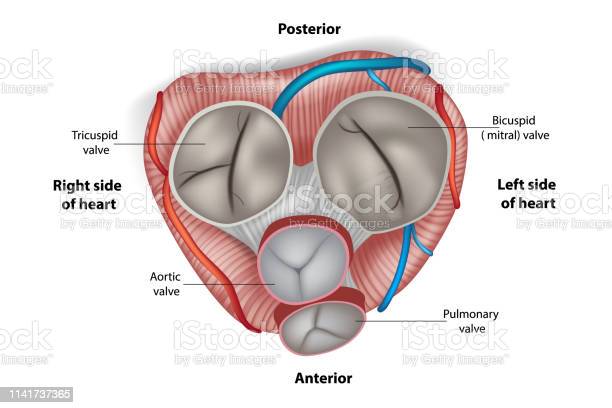How to choose the right valve for your needs

Selecting the right valve for your needs or application can be difficult. Valves control the flow of liquids and gases by either opening, closing, or partially obstructing various passageways. Factors like media, size, and temperature can all affect valve performance. This guide will help you choose the right valve for your application.
A valve is a device that regulates the flow of fluids, gases and other substances. A valve has three parts:
- A body containing the moving parts
- An inlet or supply port; and
- An outlet or discharge port
The working principle of a disc check valve is similar to that of a ballpoint pen as it uses an internal spring system to seal against its seat when pressure is applied to open it.
The most common types are gate, globe, butterfly, and check valves.
Know the difference between on-off and regulating valves.
In many cases, on-off is the best choice for your project. However, if you need to adjust the flow rate precisely or have a specific direction for your fluid flow (such as from top to bottom), a regulating valve is more appropriate. Regulating it is more expensive than on-off valves and requires more maintenance because of their intricate design.
Understand how pressures and temperatures affect valve performance.
With regard to temperature, you should be aware that if the temperature of your fluid is above 100°C, a valve may fail. In addition to this, if the fluid is below 0°C (that is, water or air in its solid form), it can also cause a valve failure.
Select the proper material for media and ambient conditions.
Material selection should be based on the media and ambient conditions. Here are some guidelines:
- If the valve is in contact with oil or similar thin liquids, use a plastic housing and elastomer seat.
- If the valve is exposed to aggressive chemicals or high temperatures, use stainless steel parts.
- For dirty environments where debris may collect on the valve’s face, choose bronze bonnets and sealing faces.
Finding the right kind of valve according to your needs.
Choosing the right valve for your needs is important, but it can seem overwhelming. To help you wade through the options and find the right valve.
- The application: Refers to where you need the valve to go and what kind of media will pass through it. This information can help you narrow your search by focusing on whether it is designed for certain applications (like water).
- The ambient conditions: Factors like temperature and pressure affect how well a type of valve will perform in its environment. For example, you may want to know if there’s any chance that freezing temperatures might affect the performance of your new valve before purchasing one without insulation features specifically designed for cold weather use!
- The application pressure: In many cases, this means whether or not there will be high-pressure parts involved in your system design. But if there aren’t any high-pressure parts, this means knowing how much force might come into contact with any part during operation.
Conclusion
Hoping that this guide has helped you understand some of the main considerations for choosing the right valve for your application. While there are many options, these tips should help you make an informed decision about what type of valve to use and why.
Apart from this if you are interested to know about more articles then visit our Business category.



